The Eternal Change – The Coming of a Ruin
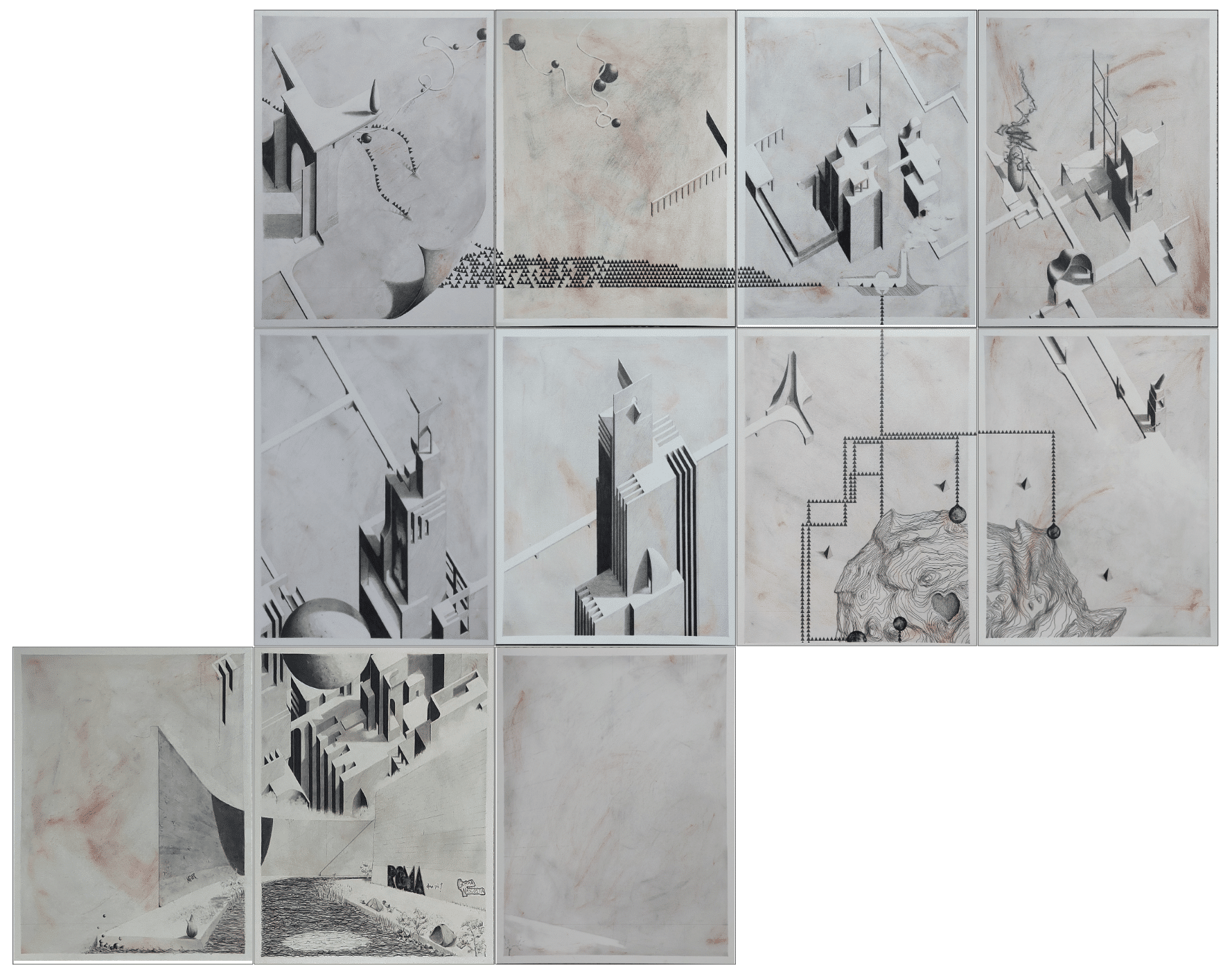
During the spring of 2024, I was fortunate to spend some time in Rome as a fellow at the Danish Institute. My agenda was to delve deeper into the importance of water in the eternal city—having chosen the Italian capital as the context of this investigation due to the significant cultural and political presence of water across various times: from the spectacular aqueduct systems of the Roman Empire to the 1870s free (and still running) drinking fountains dotted around the city, known as nasonis, to contemporary issues linked to migration and climate change.
The preparation for the eleven drawings shown in detail below started during the residency. They are part of a larger assemblage, measuring 205 cm x 372 cm (without frames) when completed. (Analogue) drawing becomes a means of debating, while by bringing together (speculative) architecture and (abstract) art, the work presented here constructs a political framework that invites conversations about the intricate (hi)stories of water in Rome. It also discusses whether those historical structures will be accompanied by contemporary ‘ruins’—questioning how the term ‘ruin’ is understood in our modern society, and commenting on the phenomenon of the increasing number of sinkholes, a symbol for our current unstable situations.

When local tensions or security-related crises arise or intensify, the breeding ground for migration is motivated.
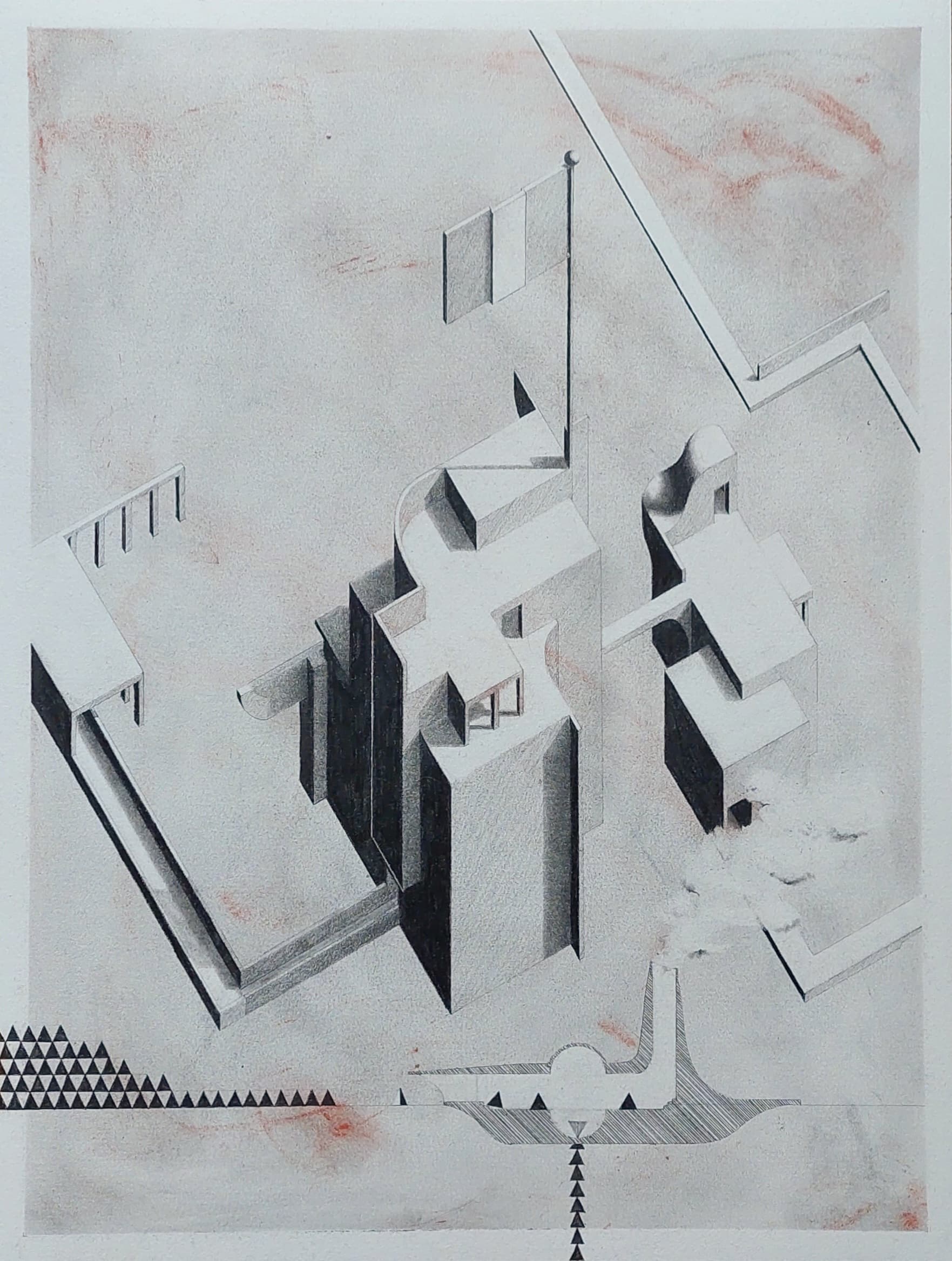
At some point, the endurance of the tested individual[s] will shatter […] eyes and mind are set on leaving for the ‘better’ world.

What would it be like to sit in a dilapidated vessel on the vast open sea, looking out over endless waves of fear and concern, hoping that the invisible utopia of the horizon brings better days?
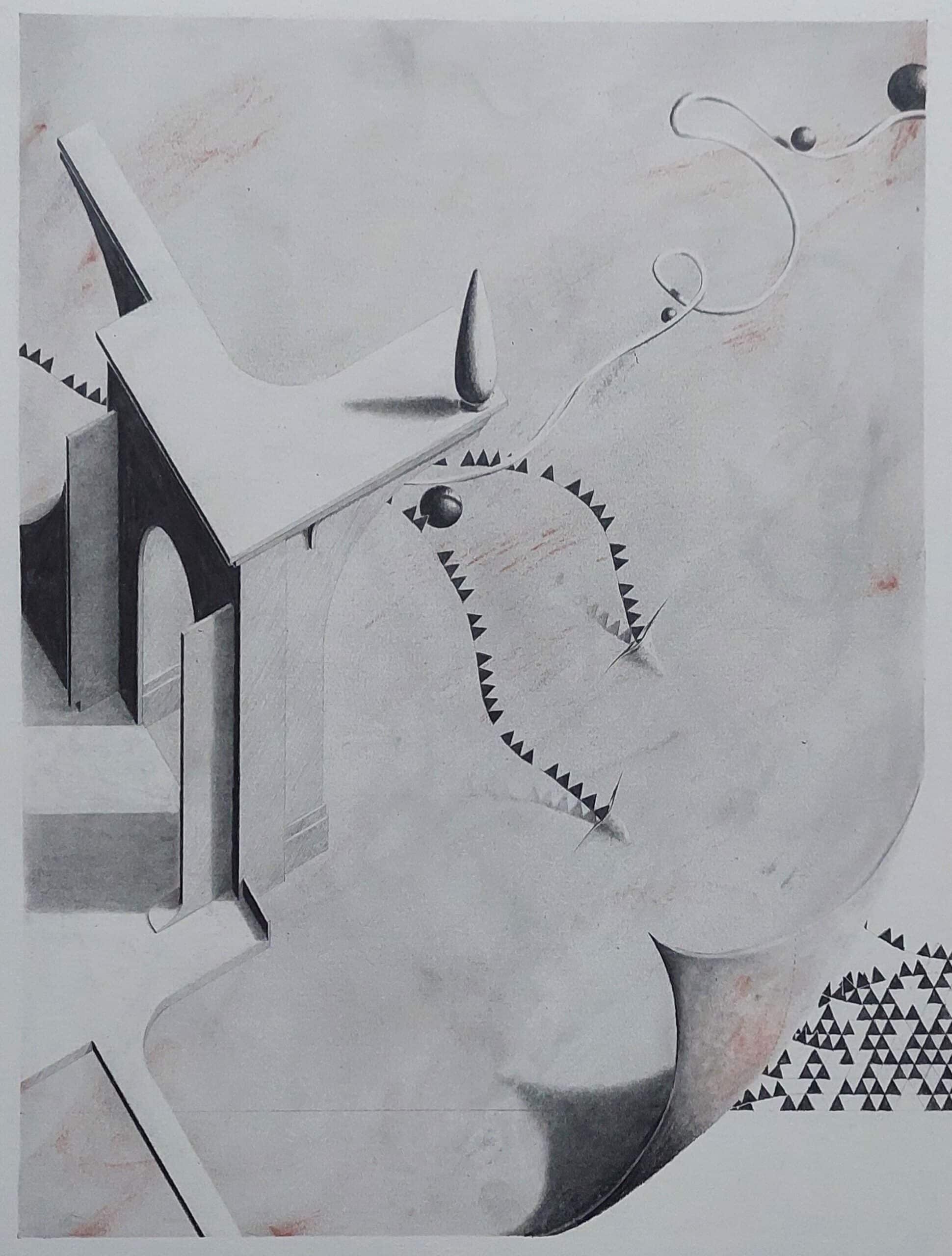
Arriving in Europe can happen in different ways. For the lucky ones, there is a [more] humanistic way, but many migrants face the extremes of dark business and neglect.

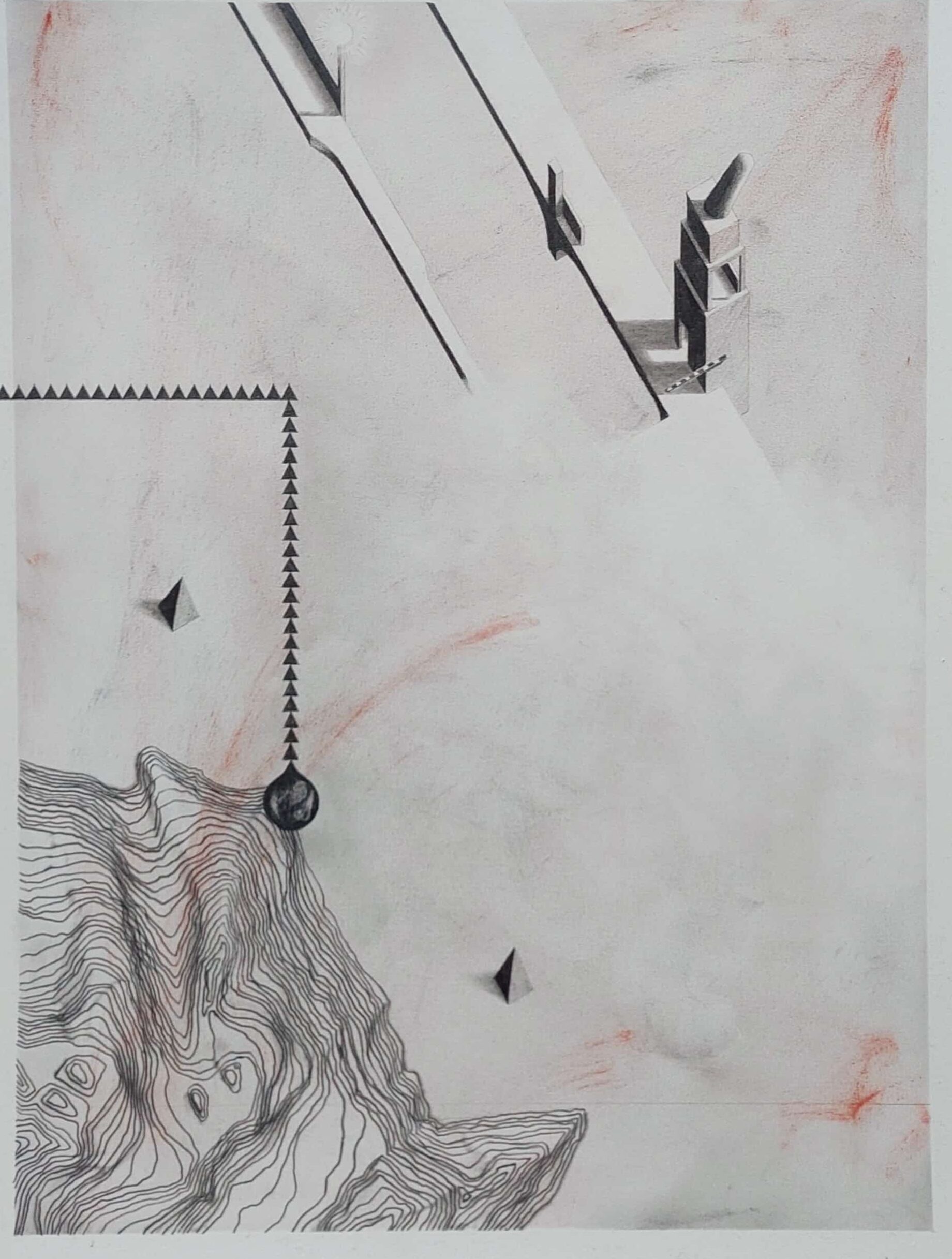
Most frequent immigrants’ nationalities were declared upon arrival in Italy in 2023.
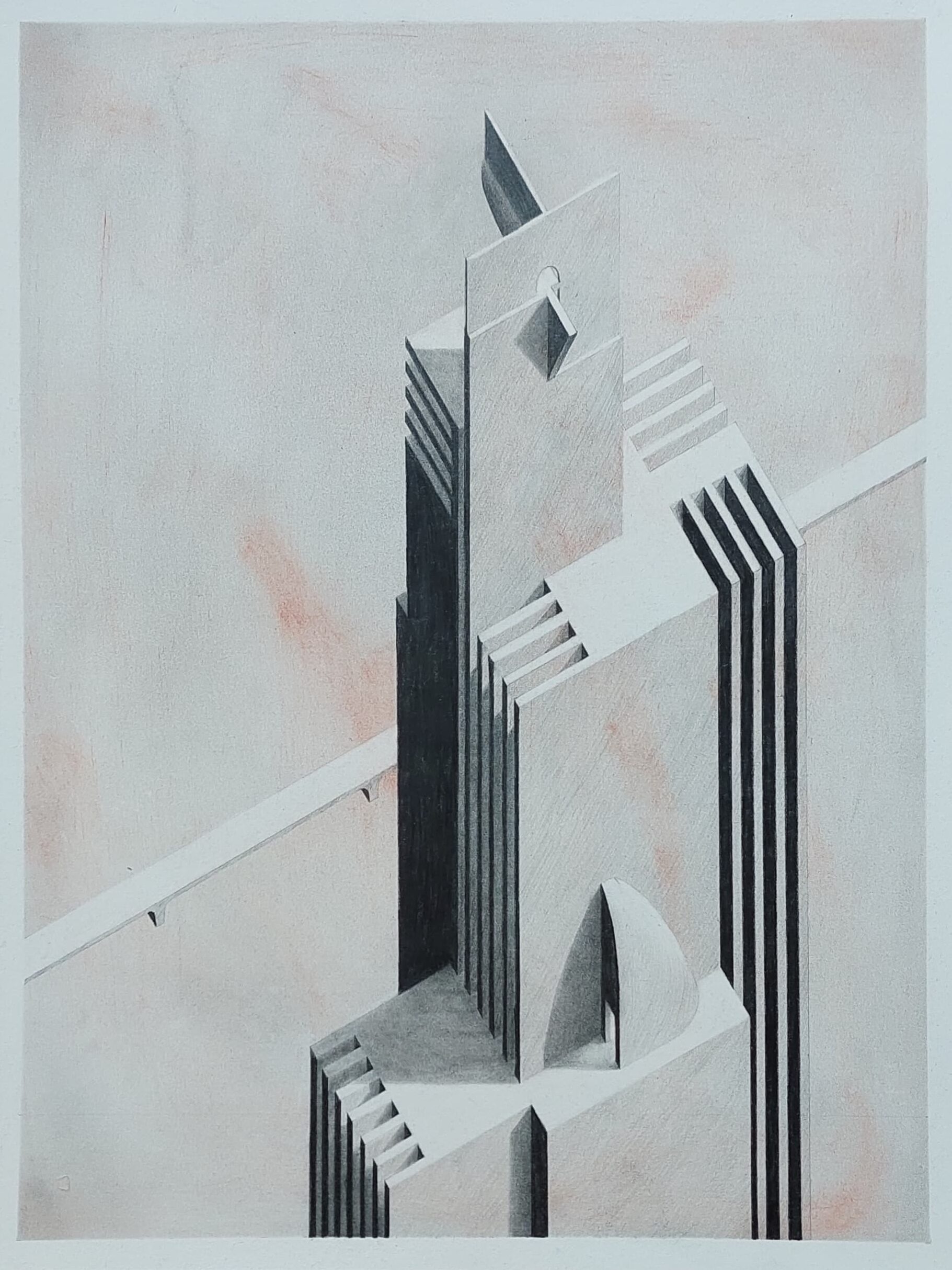
The global north needs to accept the dreadful harm it has put on the global south. The living ways of the well-offs generate nothing but division.
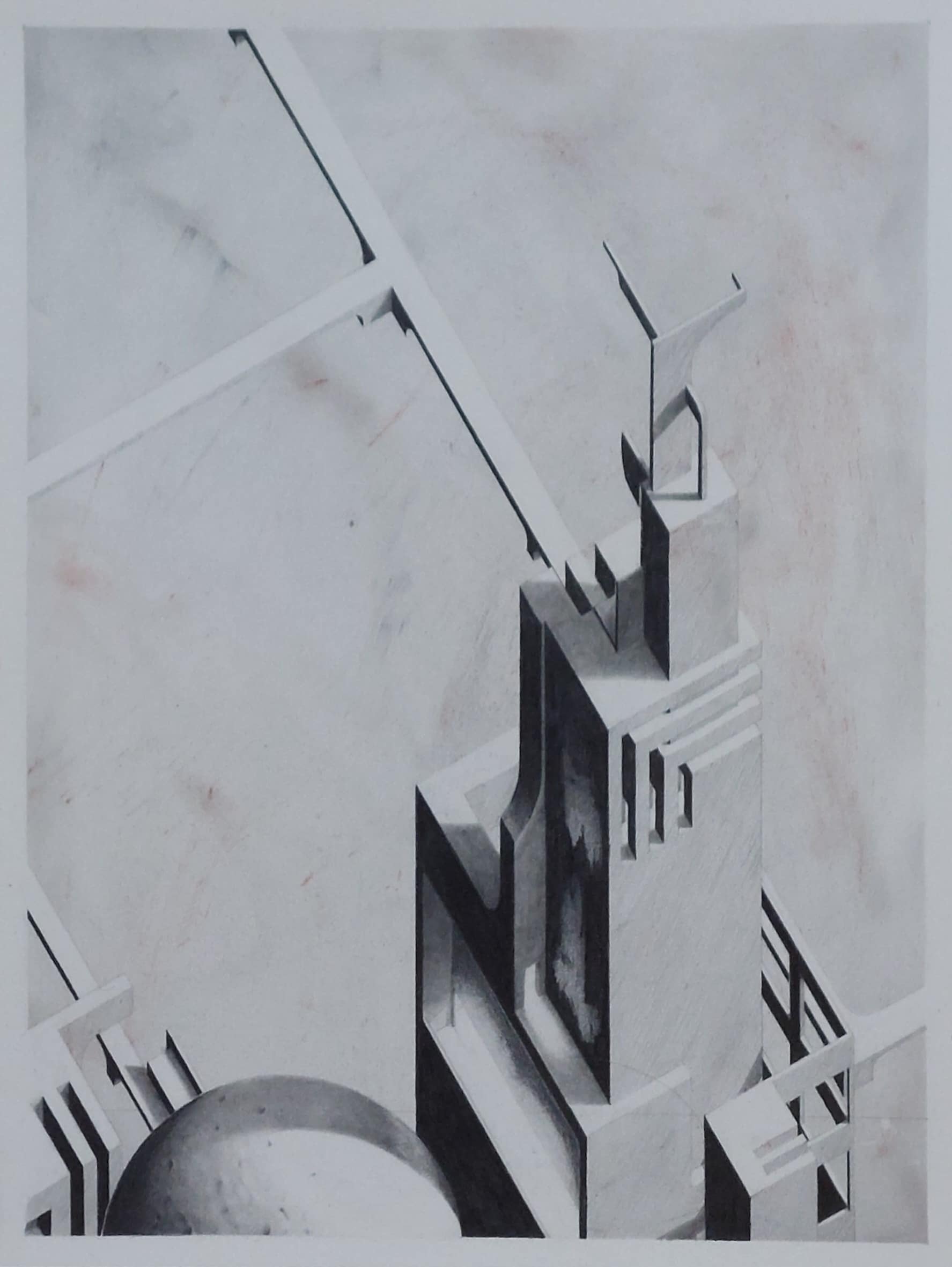
Rome has for millennia been at the centre of religion, particularly the Catholic strain of Christianity. Being a good person means taking care of your fellow humans, right?
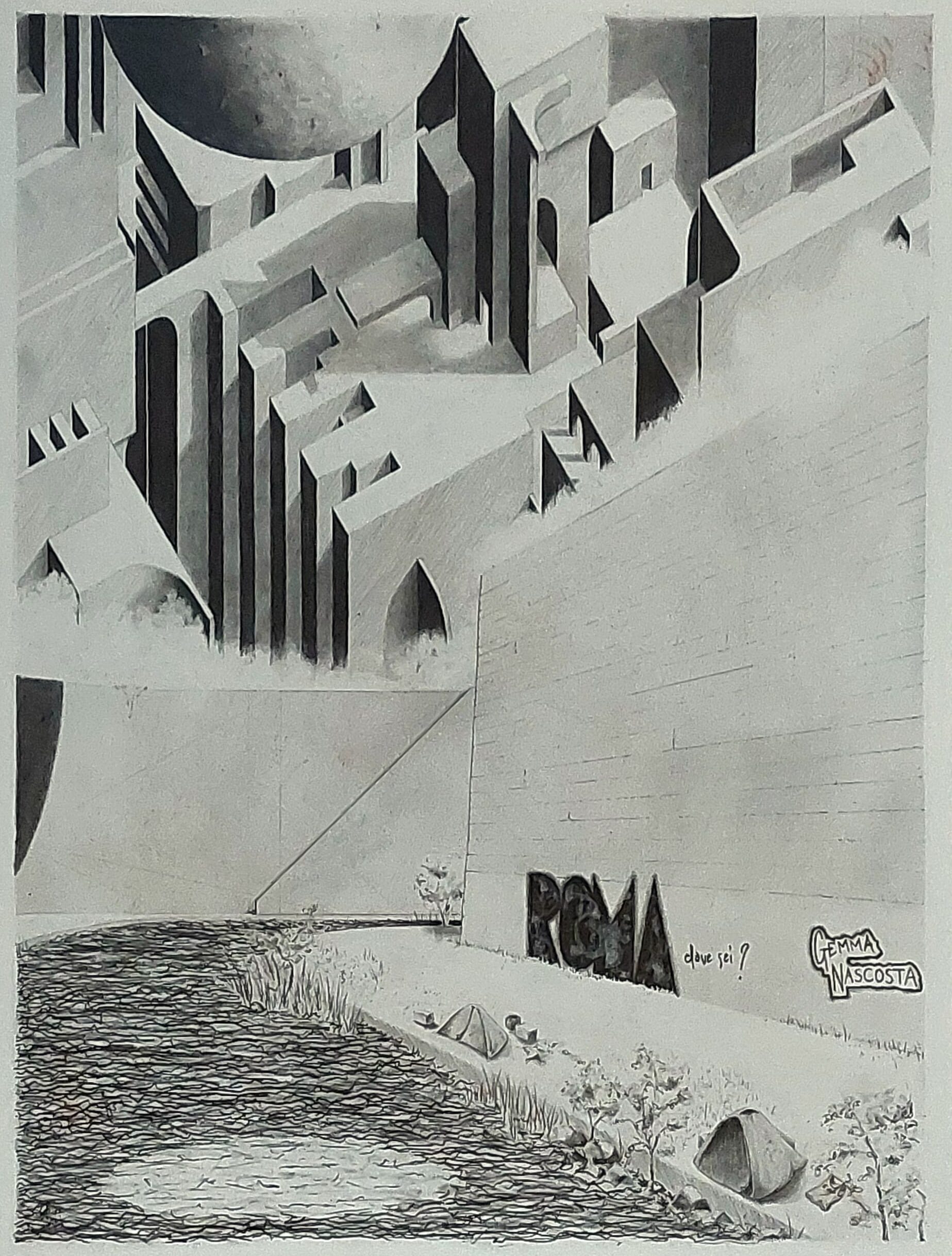
The riverside is now a setting for neglect and lost potential, but also a rare vein for calm and escape.
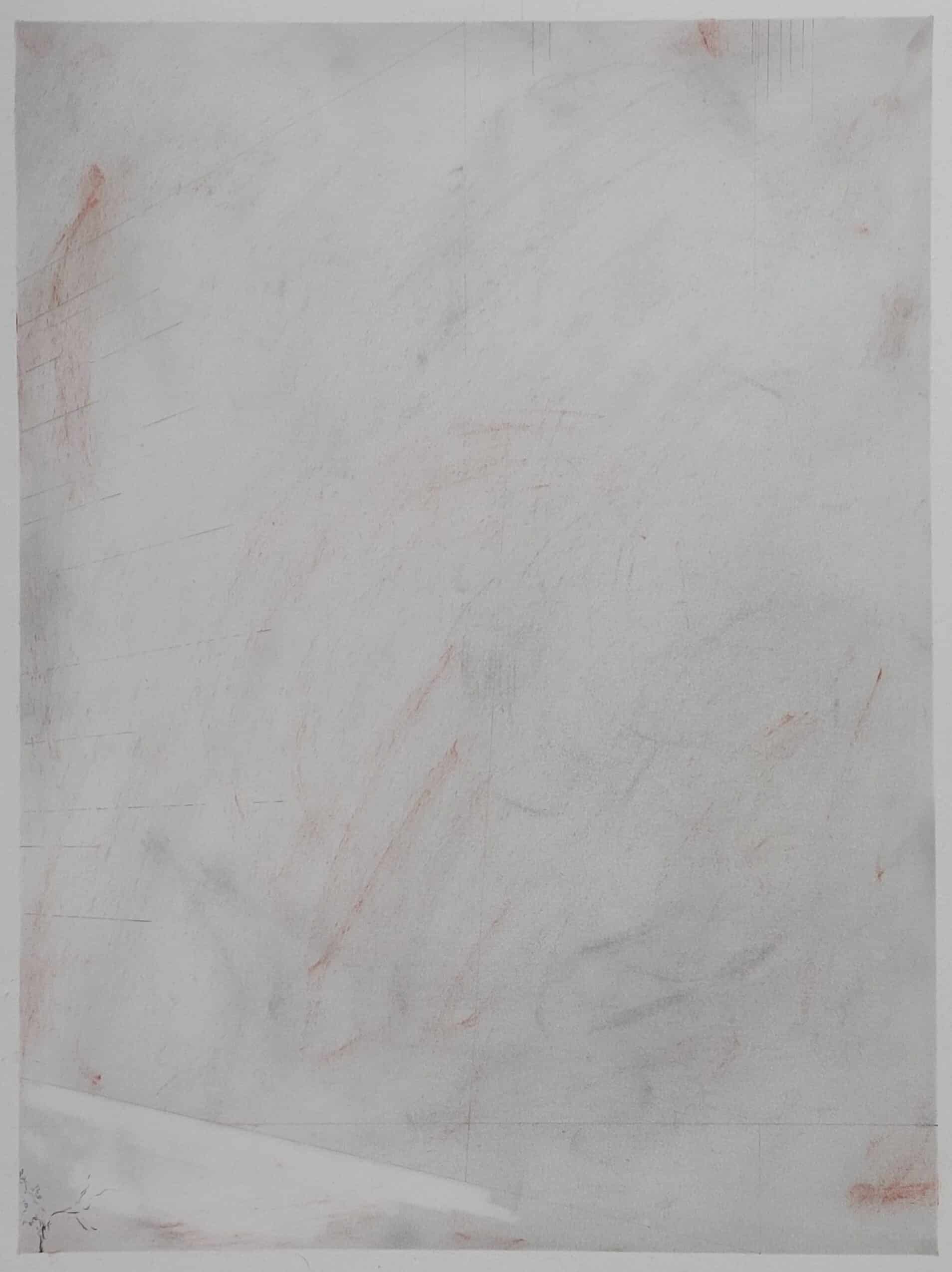
Geopolitical tensions are present all over the world: History will likely repeat itself.
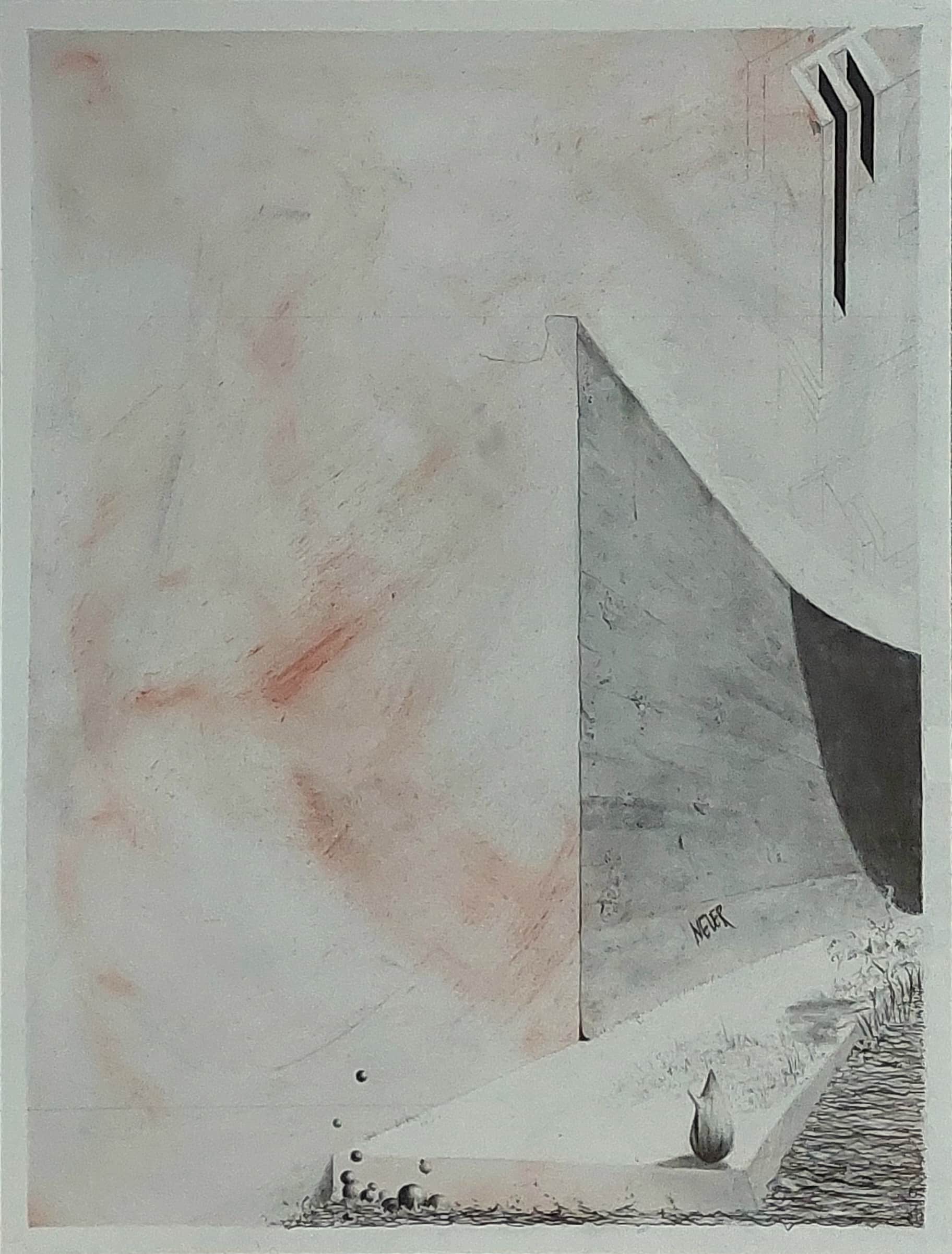
The many underground tunnels and hidden structures [of ancient Rome] are a gem, but in reality, also a ticking bomb, as the Italian capital has become one of the cities with the most significant risk of land sinking.
Allan Bech Hansen is an artist and architect who lives and works in Copenhagen, Denmark.
